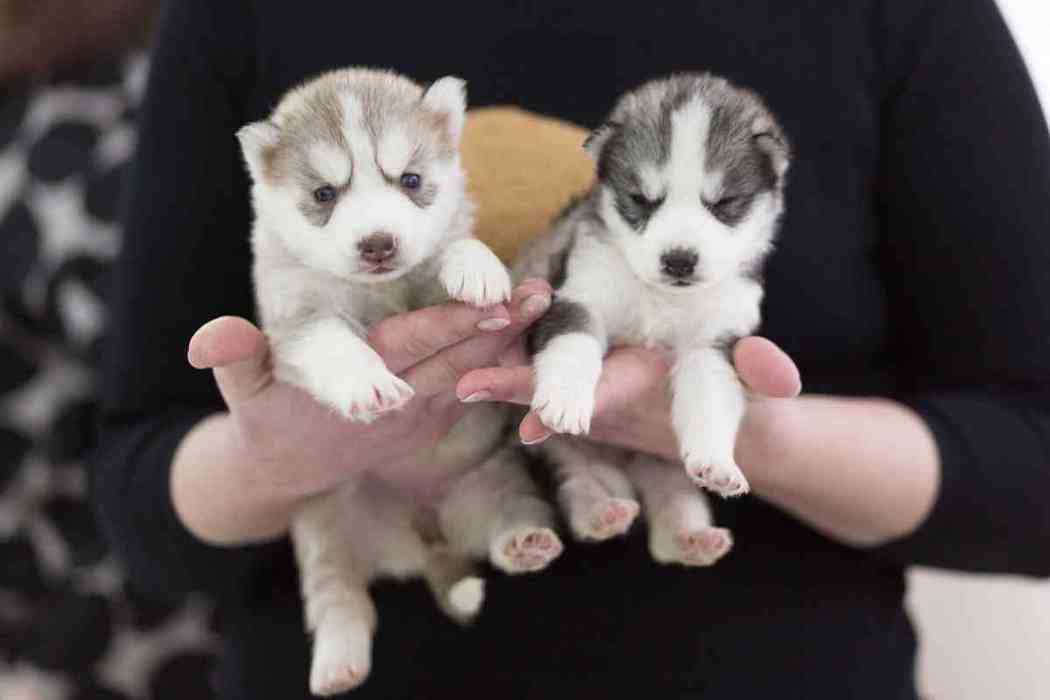How To Care For Baby Birds The Ultimate Guide
Table of Content
It could take as long as an hour before the kibble is at the correct consistency. Another choice is to dampen the kibble first, at that point break every kibble piece down the middle by hand. This strategy could get tedious, so you may want to crush the dry kibble.
If the size of the bird is too small, cover it with another hand so that it cannot escape. Dirty hands can spread bacteria and various kinds of diseases and harm the tiny cute being. Ensure the age of the bird with the help of a bird specialist. Always give food that is small and proportional to the bird’s size.
The Miracle Nipple Syringes: A Set Of Tools To Help Mothers Struggling With Breastfeeding
If the baby bird has feathers, it’s no longer a nestling — it’s a fledgling. Most people feel a strong desire to feed the young bird. Especially when it craves for food with its mouth wide open.

If you see any change in bird behavior, it can be a sign of illness. All sickness in birds is a likely emergency and medical attention should be looked for right away. Crops ought not to be full and they ought to be allowed to become empty between feedings.
Feeding Time Can Get a Bit Messy
When you come across a bird in need, you should try to get them back with their mother as soon as possible. Warming the uncooked rice or bird seed in the microwave for seconds will help it to cook faster. Water should be given to them in case of emergency.

You want the temperature to imitate that of the mother's milk. The measurements for the formula are approximate, so you can adjust it. I mix approximately ¼ cup cornmeal, ¼ cup baby rice cereal, and less than a teaspoon of the finch seed into a plastic cup. Right after feeding, you can gently hold the baby close to your chest to warm it. Babies can easily get cold, so please turn off any fans or air conditioners, and close any windows during feeding time.
Guide on how to take care of a baby dove bird
The professionals will tell you not to interfere with nature. If you do, then you need to contact your local wildlife rehabilitation center instead of attempting to care for it yourself. Below you will find in-depth instructions for housing and feeding a baby bird. Feeding the wrong food to the baby bird can cause death. You have to start by taking down feeders before standing near the main feeder.
Of course, if you know the mother is dead, this will not be possible. If you simply place the baby bird near where you found it, the mother will likely hear its cries and return. You can either follow the mother until you locate the nest or simply place the baby in a basket in a tree. If it is nearby, the mother will be able to hear it and will continue caring for the baby.
If your bird is molting , there will be a need to vacuum up the molted feathers daily; this tends to occur when there is a warm spell. Let the bird ride on your shoulder as long as you've considered the risks. New bird owners often want their small- to medium-sized birds to stand on their shoulder. However, if your bird comes to see you as just another perch, they may defecate on you or bite your face or ear, or swallow your jewelry.
Make sure the food you give to baby birds is simple to consume for them. Every backyard birder has seen their young starving in the midst of the commotion. It is critical to understand the diets of a budding animal. If you come across a baby bird that appears to require food, you should contact an appropriate bird rescue organization. Adult birds’ nutritional needs differ significantly from those of baby birds. You should refrain from feeding young budding birds the same foods you would feed to your backyard birds.
Still thinking about raising a baby bird, consider the wellbeing risk of a baby bird. Baby birds, all things considered, are considerably more prone to turn out to be sick than grown-up birds. Furthermore, everything being equal (children and grown-ups) that do turn out to be sick, babies’ illness is more fatal. That being stated, here are a few tips to remember when considering raising a newborn bird. In the wild, lovebirds feed on seeds, berries, fruits, grains, grasses, leaf buds, and agricultural crops of corn, maize and figs. A lovebird’s diet will consist of 1 1/2 to 2 ounces (45-60 grams) of feed daily for a single bird.
However, not all birds need this grit, and if they eat too much, it can create a blockage. Finches and canaries tend to find a little grit necessary, but don't give it to budgies, cockatiels or parrots. In some birds, such as parrots, this is essential to prevent serious or fatal flight accidents in the indoor or caged environment. Talk to your veterinarian about this requirement for your bird and find someone qualified to do it, should it need doing.
It’s important not to place the perches over your bird’s food or water dishes. This is important because bird droppings are messy. If you want to raise a baby dove, you must prepare yourself mentally and physically to handle all the challenges involved.

Not all vets are qualified to work with birds—or have much experience doing so—so be sure to check the vet's credentials. For example, your bird might learn to sing sweetly when you play the piano or other instrument. This is especially important during the first couple of years together. Birds are fast learners and will surprise you with their range of sound effects.
Comments
Post a Comment